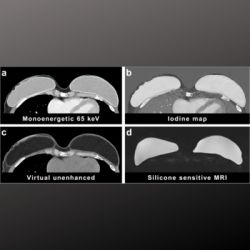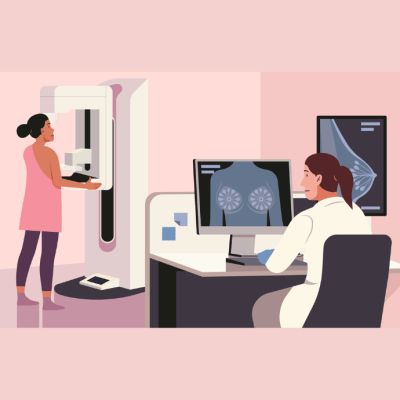Although breast cancer screening cannot prevent breast cancer, it remains an important public health intervention. The goal is to detect cancer early so it can be treated more successfully.
Although there remains a huge benefit to screening in reducing breastcancer-related deaths, public health experts also acknowledge there are risks and harmful side effects associated with screening.
One risk can include overdiagnosis.
Overdiagnosis is when a doctor diagnoses the subject with cancer, which would
not have carried on to cause symptoms, or may have faded away on its own. For
each breast cancer death prevented from screening, three to four women are
overdiagnosed.
One of the most common harms of mammography screening is false positive test
results. Based on the mammogram, a doctor may see an abnormal area that seems
like cancer but is not. This can lead to more follow-up and invasive tests,
more expenses and time spent, and ultimately, more patient anxiety.
There remains a debate surrounding the most appropriate time to begin screening. After weighing the risks and the benefits of screening, several organisations have revised their recommendations on when to start screening mammograms. While some say it is best to commence at age 40, others recommend starting at age 50. Some believe it is safer to have a mammogram every other year, while others encourage it yearly.
The National Comprehensive Cancer Network recently
released new guidelines for breast cancer screening and diagnosis, stating that
these “are the latest, evidence-based guidelines from experts in the field of
breast cancer screening and diagnosis from more than two dozen leading cancer
centers in the United States.”
What the guidelines outline
In order to determine when it is most appropriate to begin screening mammograms, all females should have a breast cancer risk assessment by the age of 25.
Women aged 40 and over at average risk of breast cancer should have a physical exam and mammogram every year. However, if a woman is within a higher risk bracket of breast cancer, screening should commence before 40 and can include having a breast MRI or mammogram. In addition, a physical exam should be done every six to 12 months.
If a family member has been diagnosed with breast cancer, it is important that screening starts seven to 10 years younger than the family member's age when diagnosed.
DrBevers, Professor of clinical cancer
prevention at the University of Texas MD Anderson Cancer Center and co-writer
of the new guidelines, concluded that “everyone with breasts carries some risk
of breast cancer, so the key is to know your risk…. most women with average
risk should get screened every year, beginning at age 40, but if there are additional
risk factors present, a provider might recommend an earlier start.”
For more Women's Health news Click here
Source: Breastcancer.org
Image Credit: iStock






.png)
















